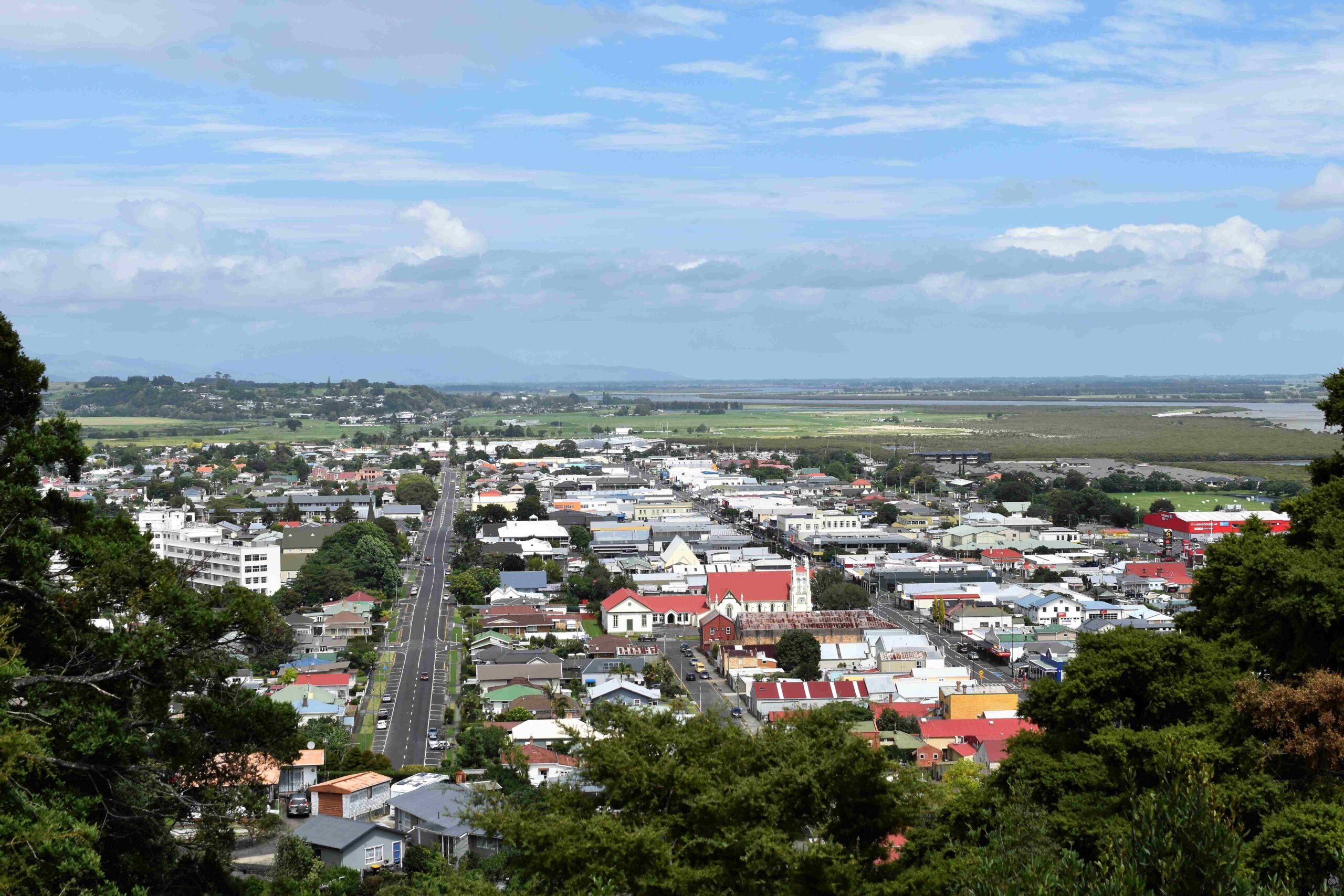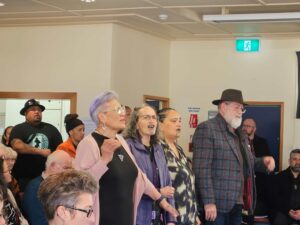Methamphetamine use is on the rise across New Zealand, and Thames is no stranger to the drug, with one of the highest per capita consumption estimates in the country. ALICE PARMINTER investigates.
In Thames, the use of methamphetamine has been noticeable for some time, with reports of harm coming from all corners of society – from businesses and medical services to community support groups and families of users.
Data obtained by The Profile from the National Drug Investigation Bureau (NDIB) national wastewater drug testing programme showed use of methamphetamine, also known as P, in Thames has consistently been higher than the national average since 2023.
In April this year, the estimated methamphetamine consumption for Thames was 2253mg per day per 1000 people – nearly double the national rate of 1130mg.
In June, Thames recorded an estimated consumption of 1789mg per day per 1000 people, compared to the national figure of 959mg. Since 2023, there have only been three months when Thames has recorded results lower than the national average.
The anecdotal evidence is also stacking up.
“It’s getting worse,” Eddie Churton from Thames’ Living Well Trust said.
“We’re seeing a lot more [people] coming here with P, a lot more addicted to P, and the associated crime that comes with it, and the violence that comes with it as well.”
And it’s not just a problem on the streets.
“A lot of people think it’s only the poor people or the rough sleepers that are addicted to it… There are upper class and business people that are known to use illicit drugs,” Thames Community Officer acting Sergeant Gareth Carter said.
“[Business owners] are demoralised,” Sue Lewis-O’Halloran from the Thames Business Association (TBA) said.
“They would like us to do something, but they recognise that the business association can’t do it without buy-in from the whole community. And when it’s so widespread, what do you do?”
The government has its eye on the issue, with Justice Minister Paul Goldsmith revealing a nationwide multifaceted action plan to combat methamphetamine harm on November 9.
The action plan will provide $30 million over four years to increase the services available to communities hardest hit by methamphetamine, funding things like early intervention programmes, intensive treatment services, and training and upskilling for mental health and addiction practitioners.
A further $11.1 million is earmarked to continue the Resilience to Organised Crime in Communities work programme until December, 2026, providing targeted interventions in areas with high meth use.
Additionally, the plan will allow for increased Customs, Police, and Defense Force initiatives to stem the flow of illegal drugs into the country and more effectively enforce against organised crime groups.
However, Thames may not receive funding. Mental Health Minister Matt Doocey’s office confirmed the funding would primarily be targeted to areas in Northland, Hawke’s Bay, Gisborne, and Rotorua.
Meanwhile, groups across Thames say work also needs to focus on tackling the reasons behind methamphetamine use.
“Until we deal with the causes, there will always be a segment in our society who will be addicted to some form of drug,” Te Whāriki Manawāhine o Hauraki | Hauraki Women’s Refuge director of research Paora Moyle said.
“[They] will tell you they use it because they’re struggling in their lives, can’t find homes, increased pressure from this current government to sideline them.
“You’re using meth to escape or to self-soothe or disappear.”
Health New Zealand’s mental health addictions lead for Te Manawa Taki, Vicki Aitken, agreed.
“This is something that everybody is concerned about and it impacts not only the person – there’s family, community, business owners,” she said.
“And I know there is a temptation to want to say, well, we just need to arrest everybody, but that’s not going to fix the issue. We need to have a wraparound, multi-agency approach to try and address this. If there was a quick fix, then it would have happened already.”
The NDIB wastewater programme takes monthly samples from sites across the country, covering around 77 per cent of the population. Some sites, including Thames, are sampled every second month.





